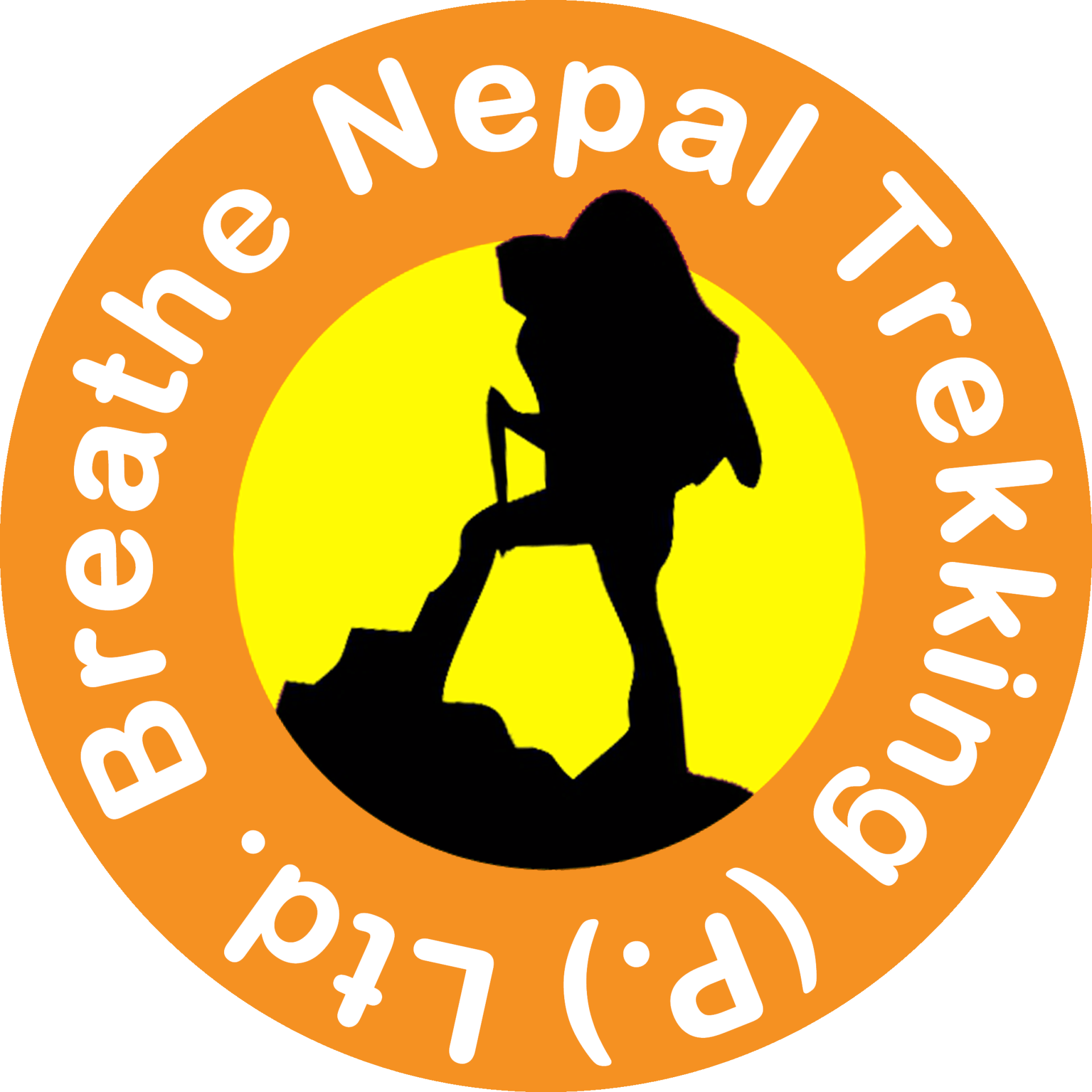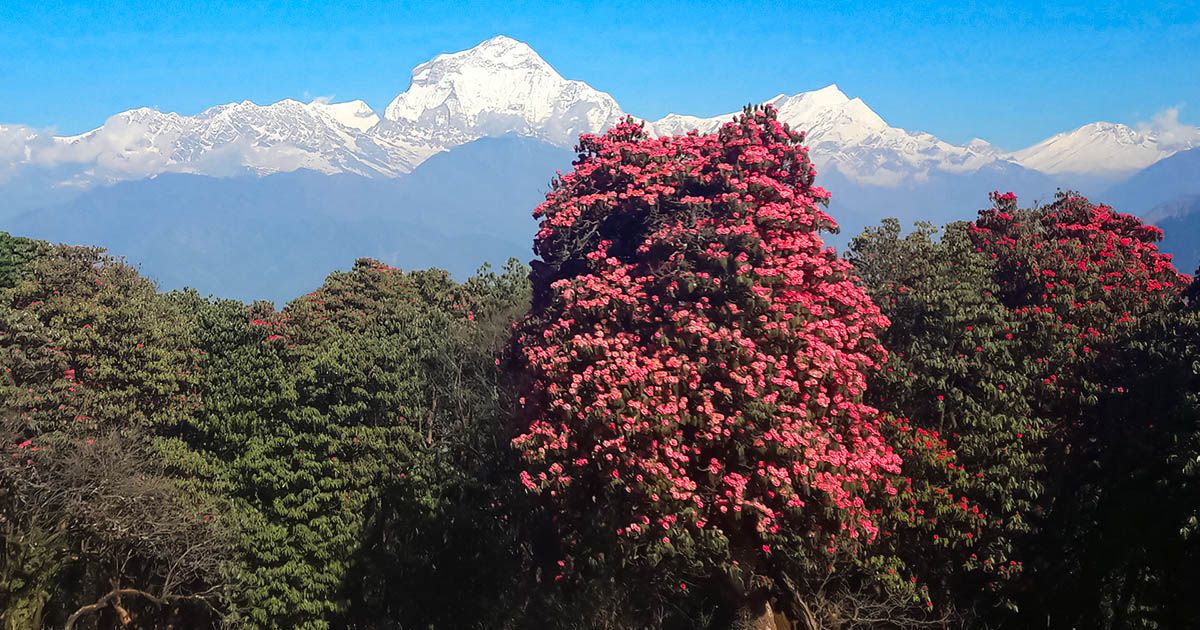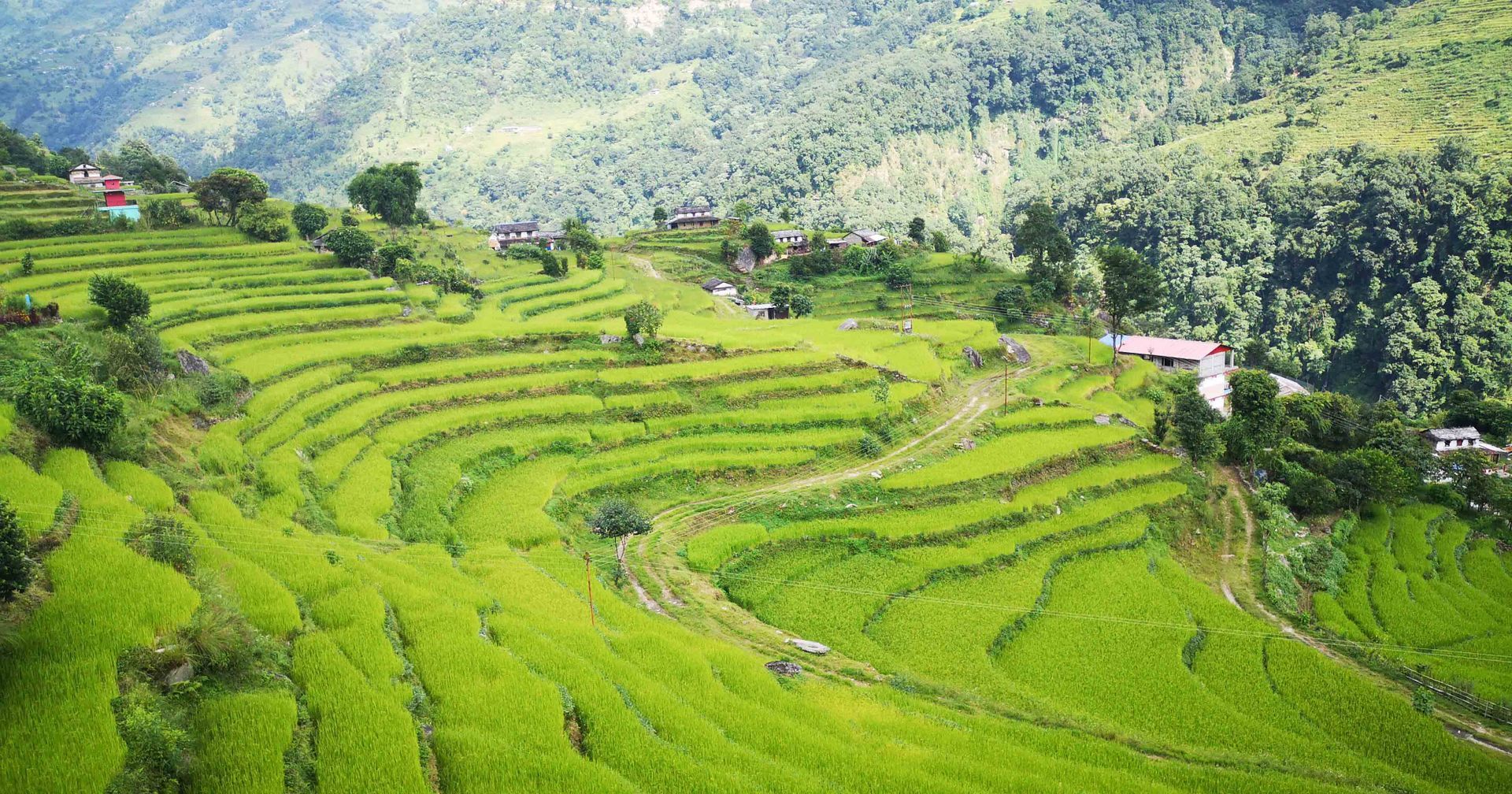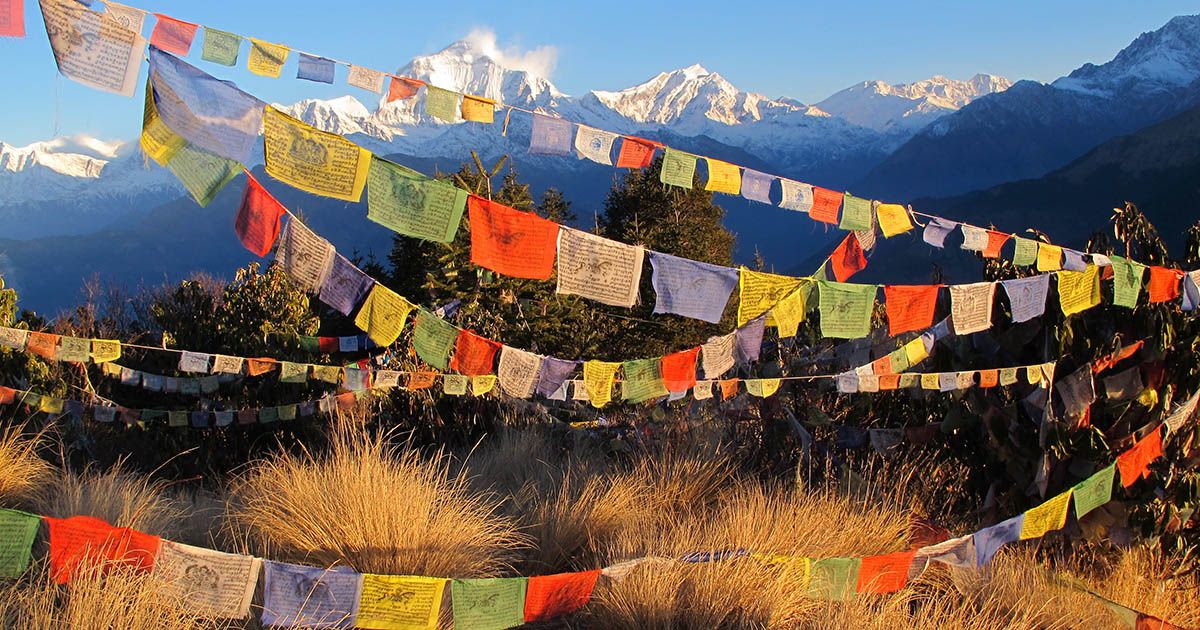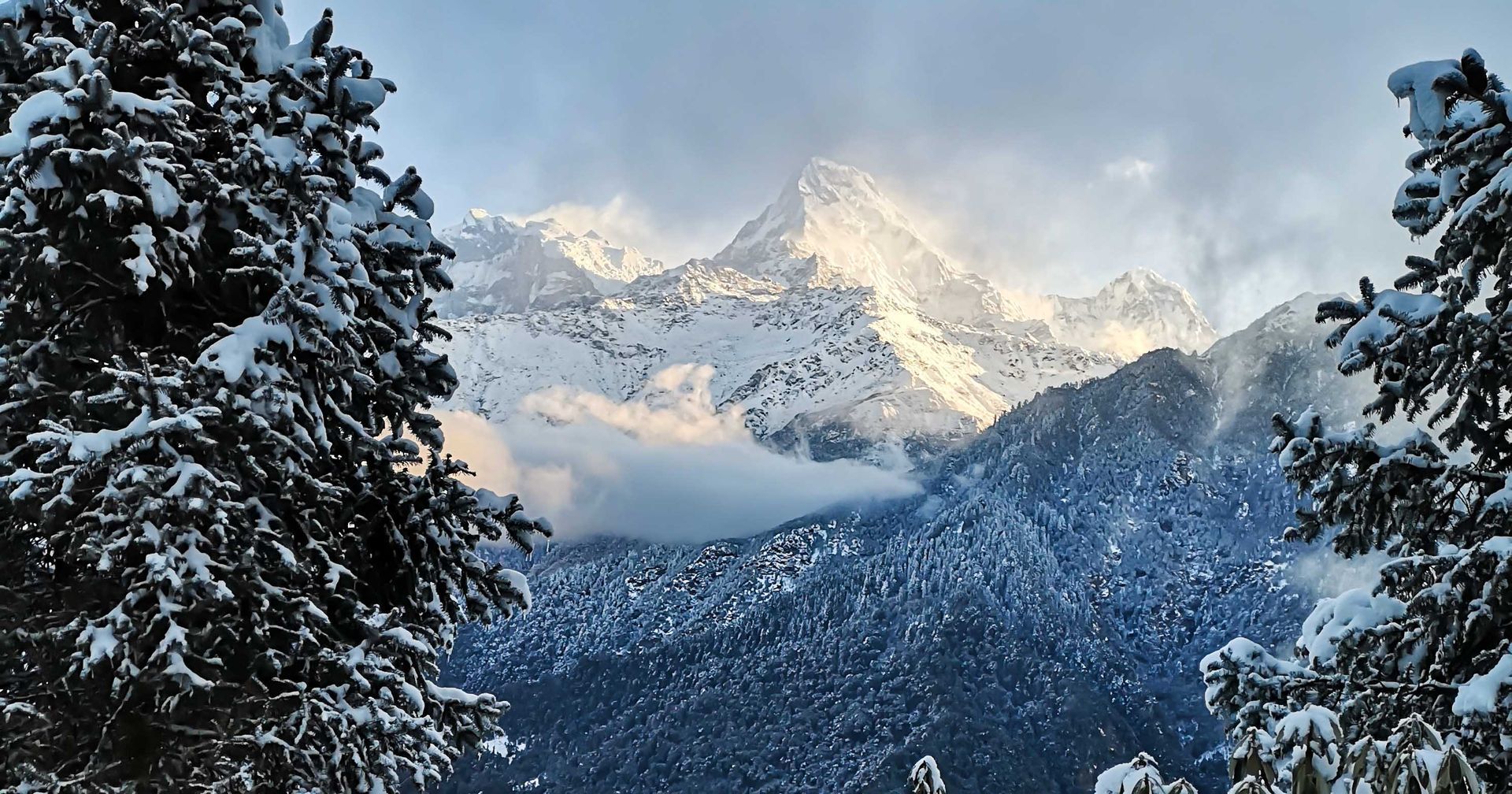Trekking Seasons in Nepal
When planning a trip to Nepal, the best time to visit for trekking is during the months of little rain and mild temperatures. The peak tourist and trekker season falls between March and mid-May, as well as late September to mid-December. During these times, visitors can expect clear views of the mountains, low humidity, and mostly sunny mornings. The sunrises are particularly breathtaking and the mountain peaks take on a pinkish-red hue during sunset.
However, it is important to note that monsoon season in Nepal lasts from mid-June to mid-September, making the weather hot and humid with afternoon and evening rain. Despite this, trekking is still possible by starting early in the morning to reach your destination before the rain. This season also sees fewer tourists in the region.
Winter months of January and February can bring heavy snow in the higher regions, making some paths impassable and increasing the risk of avalanches. However, lower-lying trekking routes are still accessible and offer a unique, wintery experience.
Overall, Nepal offers a variety of trekking experiences throughout the year, each with its own unique charm.
Spring Season
Spring in Nepal, from March to May, is a season of renewal as the dry winter months come to an end. The once barren fields and meadows are transformed as vibrant flowers begin to bloom. One of the most spectacular sights during this time is the blooming of the rhododendron flowers, which can be seen in abundance in the Annapurna region, particularly on popular treks like Poon Hill, Mardi Himal, and Annapurna Base Camp. These treks offer a unique and breathtaking view that is worth the journey from anywhere in the world. As the season progresses, temperatures increase and by mid-March, it becomes pleasantly warm even at higher elevations on sunny days.
Summer Season
The summer in Nepal, from June to mid-September, is characterized by hot and humid weather and the monsoon season. As a result, the number of trekkers in Nepal during this time is relatively low. However, for those who do decide to visit, the mountains are virtually empty, providing a serene and relaxed atmosphere. The natural beauty during this season is breathtaking, with lush green fields, and the opportunity to witness farmers planting their rice fields. Despite the monsoon season, there are still excellent trekking opportunities in the shadow of the Annapurna massif, with popular routes such as Lower and Upper Mustang and the Annapurna Circuit being particularly well-suited for the summer months.
Autumn Season
The autumn months, from mid-September to mid-December, are considered the ideal season for trekking in Nepal. The daytime temperatures are comfortable and warm even at higher altitudes, and the risk of rain is minimal. The low humidity also ensures a clear view of the majestic peaks of the Himalayas. However, it is important to note that temperatures can drop below freezing at night, especially above 3,000 meters. All trekking routes are open during this time, and you will encounter many other trekkers on the trails. To avoid disappointment, it is advisable to book accommodation in advance. However, for those seeking a less crowded experience, trekking routes such as Mardi Himal Trek or Panchase Trek are less frequented during this season.
Winter Season
Winter in Nepal, which lasts from mid-December to the end of February, is characterized by dry and relatively cold weather. Despite this, trekking can still be enjoyable during this season. Snowfall begins at an altitude of 2,500 meters, and trekking at higher altitudes during the winter is only recommended with the assistance of an experienced guide. Heavy snowfall can result in some trail closures, and passages may be slippery, so it is important to bring crampons. The
Poon Hill
trek is a popular option during the winter, as it is usually well-traversed. Winter is also an ideal time to visit southern Nepal, and explore the tropical regions on the border with India.
Chitwan National Park is a great destination for those looking for an adventure and offers the opportunity to see a variety of wildlife, as well as pleasant temperatures.
Do you have questions?
If you have any questions about the weather and trekking seasons in Nepal, please do not hesitate to reach out to us. Our team is available to assist you at any time and will promptly respond to your inquiry.
